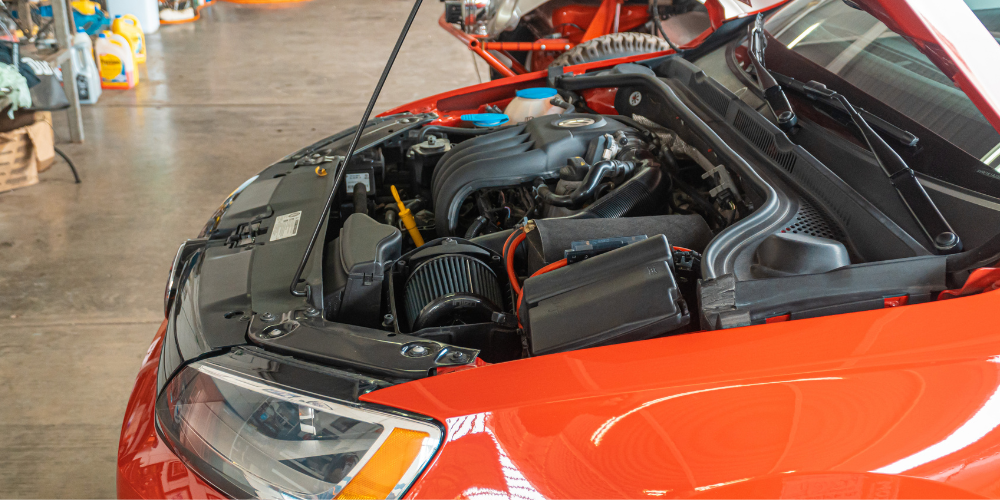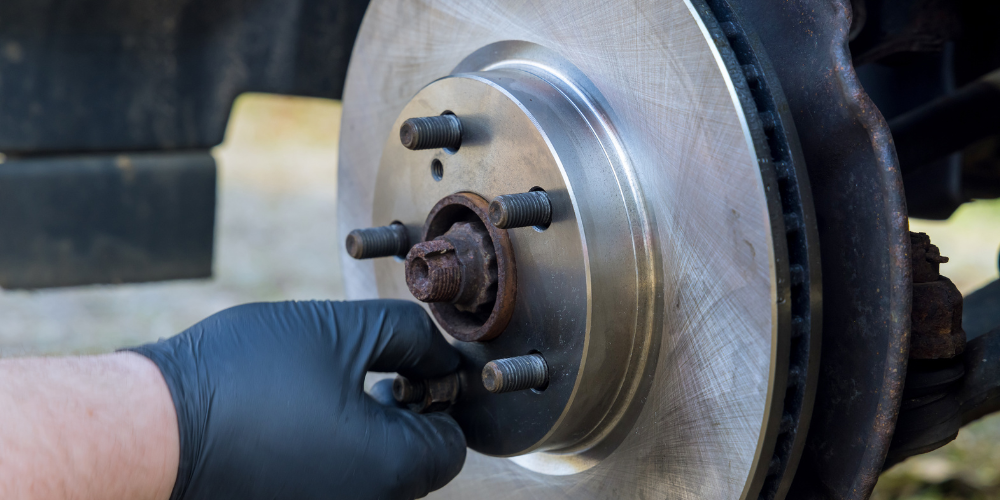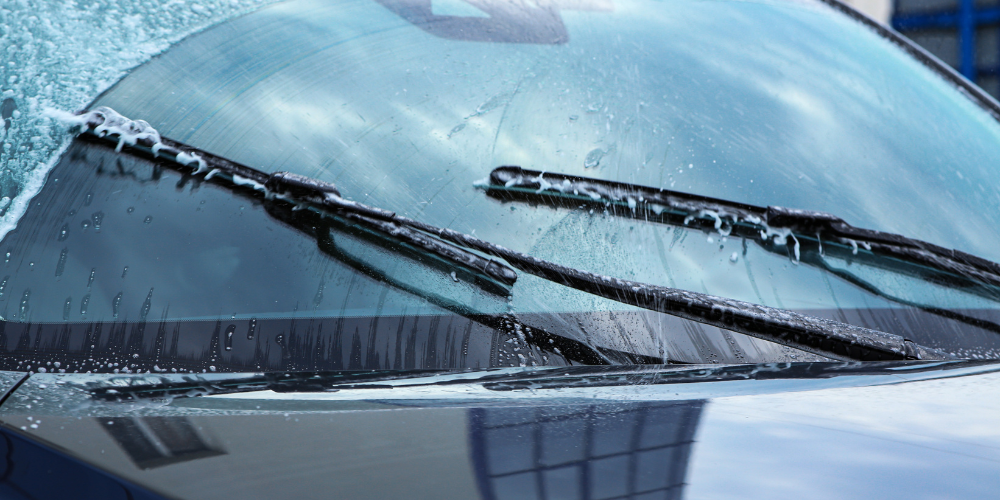After a traumatic incident, people are usually eager to get on the road to recovery.…

6 Ways to Keep Your Car Safe and Avoid Injuring Yourself
Being a car owner comes with many responsibilities. It’s more than just filling up your gas tank once a week. You also need to keep up on mechanic visits and other small tune-ups that will not only keep your car in the best shape possible and protect your investment but also protect you and your family. Staying safe on the road begins before you even shift your vehicle into drive. Here are a few ways that you can help avoid injury on the road ahead of time.
Change your brake

Breaks are one of the most used parts of your car. Not only are they used for stopping, but slowing down and controlling the car’s movements. Over time, brakes wear down from the daily wear and tear. It’s obvious that malfunctioning breaks would be a recipe for disaster on the road, both for yourself and others.
There are multiple different types of brakes used on cars, from pads to shoes, to disks. While this is a maintenance that some people perform themselves at home, it’s often quicker and safer to take your car into a repair shop and let the experts take care of this important exchange. Keep yourself and others safe by “breaking in” the brakes whenever they are new and keeping your speeds slow to avoid sudden hard stops for the first week or so. By keeping your stopping system in top-notch condition, you’re more likely to avoid injury to yourself and others.
Inspect your tires
Bald tires are a common cause of crashes, especially in inclement weather. When you don’t have enough friction and grip on the road, you lose control and end up fishtailing or sliding into objects. A good rule of thumb on when to change out your tires is by using the penny trick. By placing a penny with Lincoln’s head face down in the tread, you can see how deep the grooves are. You want at least part of his head covered, and if you can see his entire head, it’s time to invest in grippier tires. When selecting your new tires, it’s also important to consider if snow tires are right for you. Their deeper tread and more intricate patterns help avoid snow buildup and provide better traction on the road. When in doubt, ask a local mechanic or tire salesman what they recommend for your unique situation so that you can make the safest choice for your family.
Test your lights

Blinkers and brake lights are important tools for communicating with others on the road. While you might not notice their impact directly, if others are unaware of sudden stops or land changes, it can lead to a wreck. It’s also important to have working headlights so that you can see any unexpected obstacles in the road. Experts recommend testing your lights once a month to ensure that you are visible and avoid an accident. If one isn’t working, it can usually be fixed with a quick bulb change or swapping out a fuse. This simple repair to make at home can make a big difference in your safety.
Check your oil levels

This simple preventative measure can save you money and injury in the long run. Having low oil levels can lead to engine malfunction when you least expect it. This issue can cause seizing up which might cause an accident if it occurs while you’re driving. In addition to the oil levels, it’s important to change the oil to keep it clean. Dirty oil contains bits of minerals and metal that can degrade your engine over time, leading to other car problems and an unsafe car.
Many cars have an oil-level gauge light so you can easily be alerted if there is a problem. Regardless of the age of your car, you should change the oil every 5,000 to 7,000 miles. It’s an easy enough project to do at home, or you can take your vehicle into a local shop and have it taken care of in minutes.
Align your tires and wheels

Hitting curbs and other small mishaps on the road might not seem like a big deal. However, small jolts can lead to a misalignment of the tires, which means that your car won’t go where you want it to when you steer. Precision is important in many driving situations, so it’s essential to get your alignment checked every 2-3 years to achieve optimal safety. Having your tires properly aligned also helps ensure even wear on all of your tires, meaning you’ll have to buy new ones and get your tires rotated less often in order to stay safe.
Invest in wiper blades

While this tip won’t seem important at times, you never want to be caught in a rain or snowstorm without working wiper blades. Decreased visibility impairs your ability to avoid objects and make safe decisions. Even on a clear day, you never know what could get kicked up from the road by a large truck passing you or fall off of a tree hanging overhead. Once a year you should replace your wipers with a high-quality product that will ensure that you can see clearly no matter the weather or conditions so that you can avoid injury.
Maintain your car
Small adjustments to your vehicle can keep you and your family safe. After a car accident, there is not only a mental toll but also a physical and financial strain. At Accident Treatment Centers, we’ve seen it all. We are experts at helping you get back on track after an injury, and we even work with your insurance company and attorney to provide full-service care. Mistakes happen, and we are ready to help you heal and move forward.
Interested in a consultation? Click here for more information on how we can help.




